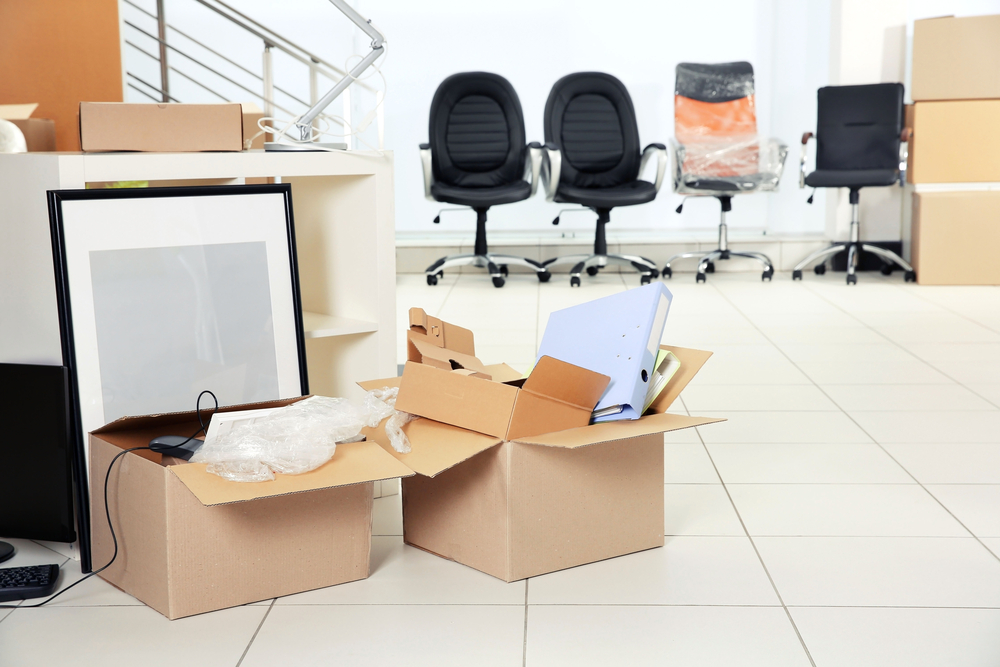A cluttered office can negatively impact productivity, employee morale, and the overall aesthetic of a workspace. Piles of old documents, broken furniture, outdated electronics, and general waste create disorganization and safety hazards. Efficient office junk removal not only improves the look and feel of your office but also enhances workflow and promotes a healthier environment.
Partnering with professional services like office junk removal can simplify the process. Experienced teams have the tools, equipment, and expertise to manage large volumes of office waste safely and efficiently. By outsourcing the task, companies save time, reduce employee strain, and ensure that junk is disposed of responsibly and in compliance with local regulations.
Step 1: Conduct a Workspace Assessment
The first step in office junk removal is conducting a thorough assessment of the workspace. Identify items that are no longer needed, broken, or outdated. Categorize waste into sections such as furniture, electronics, paper, packaging materials, and miscellaneous debris. Understanding the types and volume of junk allows you to plan the removal process efficiently and ensures that proper handling methods are applied.
Step 2: Sort and Organize Items
After assessing the workspace, sort items into specific categories: keep, donate, recycle, or discard. This step ensures that valuable or reusable items are not accidentally disposed of and that recyclable materials are separated from general waste. Clearly labeling each category helps the removal team manage the waste efficiently and ensures proper disposal.
Step 3: Prepare the Office for Removal
Preparing the office for junk removal is essential to streamline the process. Clear pathways, remove obstacles, and designate areas for temporary storage of items to be removed. This preparation allows removal teams to work quickly and safely without disrupting daily office operations. Ensuring easy access to large items like desks, chairs, or filing cabinets can significantly reduce the time required for removal.
Step 4: Schedule Professional Pickup
Scheduling a professional junk removal service ensures that the process is completed efficiently. Provide the service provider with details about the type and volume of waste, office layout, and any special requirements. Flexible scheduling options, such as after-hours or weekend pickups, minimize disruption to employees and allow the office to continue operating smoothly while junk is being removed.
Step 5: Prioritize Safety
Office junk removal can involve heavy or bulky items, sharp objects, and electronic equipment. Safety is a critical concern during the process. Professional teams follow strict safety protocols, including using personal protective equipment, safe lifting techniques, and secure handling of electronics and sensitive documents. Prioritizing safety prevents accidents, injuries, and damage to office property.
Step 6: Implement Recycling and Donation Programs
Recycling and donation are integral parts of responsible office junk removal. Paper, cardboard, plastics, metals, and electronics can often be recycled, while functional office furniture and equipment can be donated to charities or non-profit organizations. Implementing recycling and donation programs reduces landfill waste, supports sustainability initiatives, and contributes to corporate social responsibility goals.
Step 7: Monitor and Maintain a Clutter-Free Office
Once the junk removal process is complete, it is important to maintain a clean and organized workspace. Implement regular decluttering routines, establish designated storage areas, and encourage employees to manage their own workspaces responsibly. Consistent maintenance prevents the accumulation of unnecessary items and ensures that the office remains functional, safe, and visually appealing.
Step 8: Review and Optimize Processes
Periodically review your office junk removal strategy to identify areas for improvement. Evaluate the efficiency of removal schedules, recycling programs, and employee participation. Optimize processes by incorporating feedback and implementing best practices to maintain a consistently clean and organized office environment.
Conclusion
Efficient office junk removal is essential for creating a productive, safe, and organized workspace. By assessing the office, sorting and preparing items, scheduling professional removal, prioritizing safety, and promoting recycling and donations, businesses can maintain a clutter-free environment. Partnering with services like office junk removal ensures that waste is managed responsibly, efficiently, and in compliance with regulations. Following these step-by-step strategies results in a cleaner, healthier, and more productive office environment.

